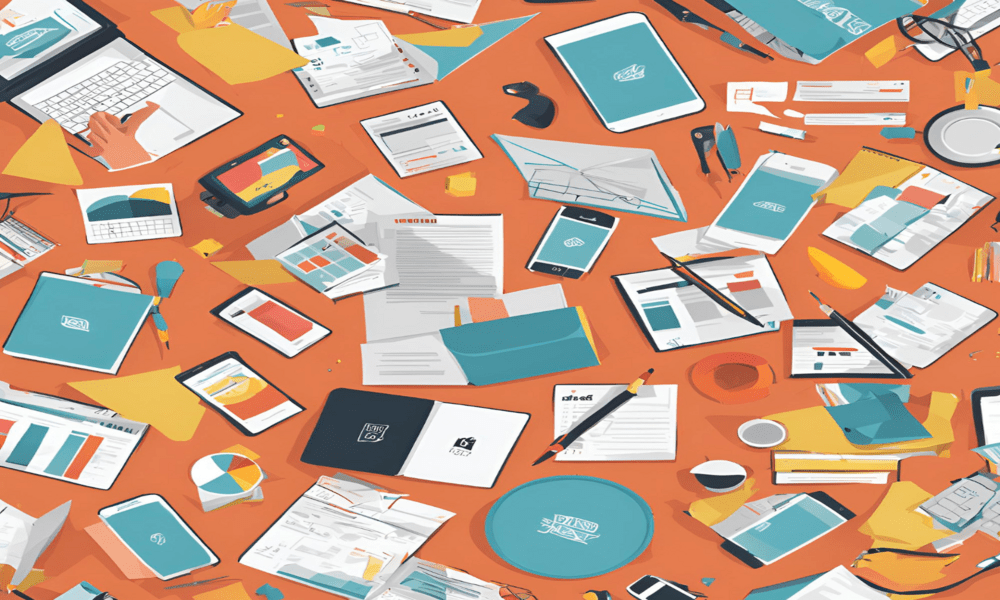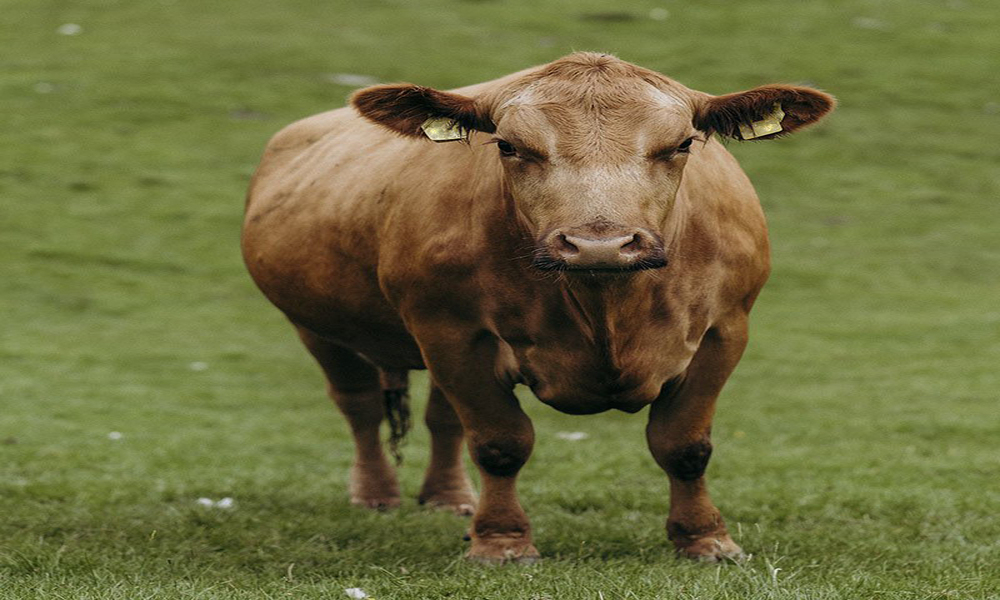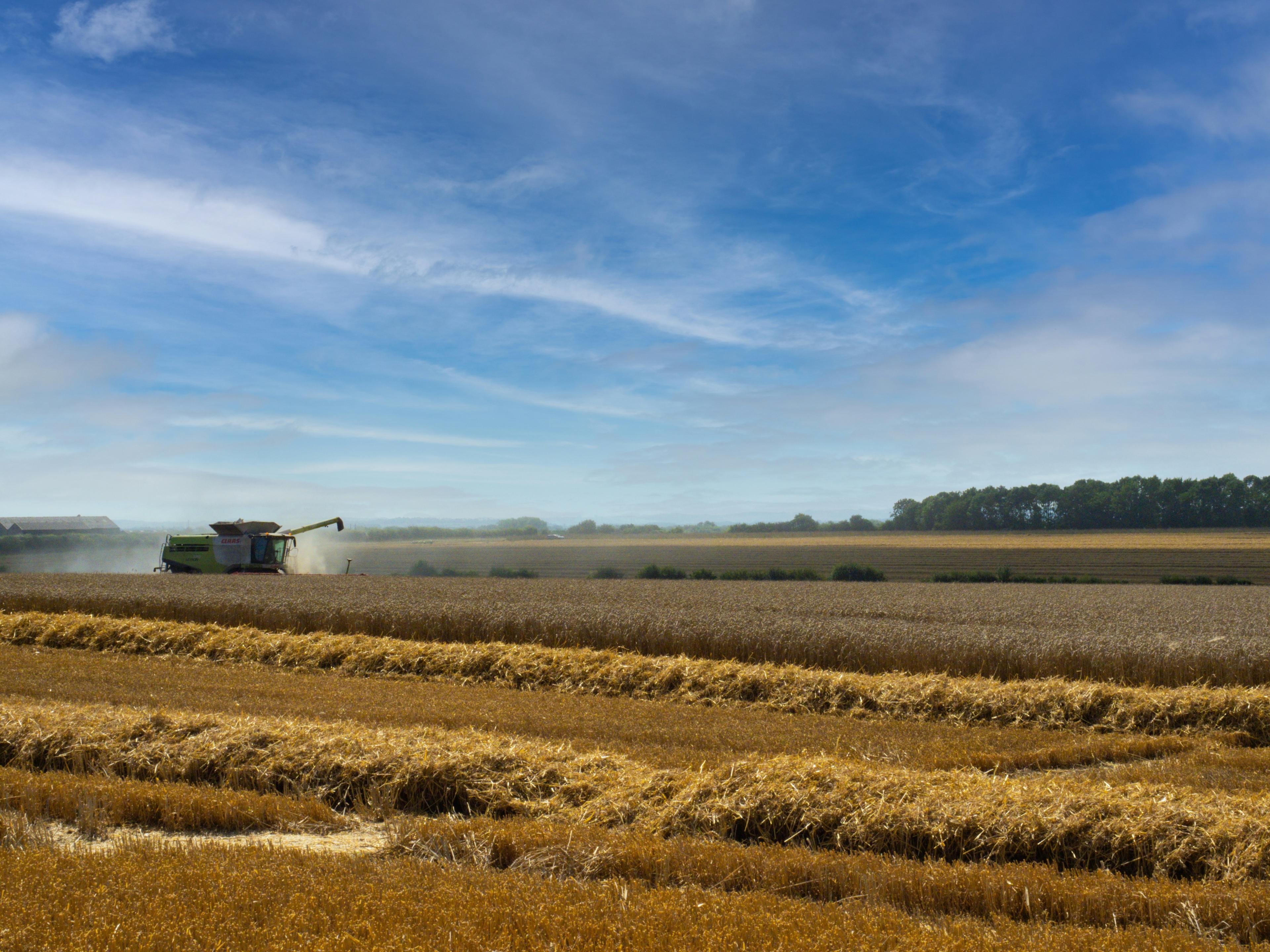Pushing boundaries or a naïve pipe dream?
One area where AI has shown remarkable accessibility and progress recently is in generating images. From conceptual art to photorealistic works, AI has demonstrated its ability to produce visually stunning and imaginative pieces, albeit heavily influenced by the North American culture and business environment. These generative AI systems can create wild, fantastic out-of-this-world images based on user-provided prompts allowing artists to explore new artistic avenues, although this can be slightly limiting in our own niche Agri business. For example, a designer can suggest a prompt and the AI will generate an image that matches the description, saving them valuable time and energy in the initial creative process.
However, current AI systems still require a healthy dose of human interaction, vision, and leeway. Artists play a crucial role in refining the output of AI-generated images, ensuring that they align with their proposed vision. Whilst AI can assist in generating original material, its aesthetic value may still be restricted as it relies on limited resources and in some cases draws upon copyrighted assets. The output may be unique in the sense that it has never been created before, but it may lack the depth, accuracy, creativity and importantly, client product knowledge that human artists bring to their work. It’s also far from perfect. Just look at these examples generated from Tome AI which utilises DALL-E 2 technology; for those who are squeamish look away now!
AI in Graphic Design
Graphic design is a multi-disciplinary field that combines art, technology, and communication skills to create visually arresting designs. AI, and in particular Adobe, has made significant strides in automating certain aspects of graphic design, such as generative fill/expansion, object generation, and assisting with many repetitive tasks particularly within Photoshop itself.
One notable example is the addition of Firefly AI to the Adobe Creative Suite which uses generative AI and simple text prompts to create what it professes to be the highest quality output — original images, text effects, and fresh colour palettes. Admittedly it can sometimes be a frustrating process, with the final image looking somewhat amusing. However, with patience a truly unique and suitable concept can be achieved in minutes which can then be refined or developed. This avoids the need for hours of ploughing through stock libraries, looking for that elusive picture that’s in your mind’s eye but doesn’t really exist.
In a nutshell
There’s a risk that designers may become overly dependent on AI and stop thinking creatively or question a client’s objective. It’s important to remember that AI is just one of the many tools we utilise in the studio, and it should not be the first go-to or sole source we employ. I personally use different aspects of AI daily, though sparingly, and I can declare that as a bona fide old school practitioner raised on the heady odour of Magic Markers and Spray Mount, I appreciate the unburdening of the mundane but I’m also conscious of its quirky limitations and sometimes bizarre results.
In the right hands, AI is not the “dumbing down” of graphic design, it’s an exciting expansion to our arsenal. But it’s important to use it wisely and in moderation, and never as a crutch to avoid creative thinking.
Hero image supplied by Freepik.com





